Tysha Robinson
Eboni Preston

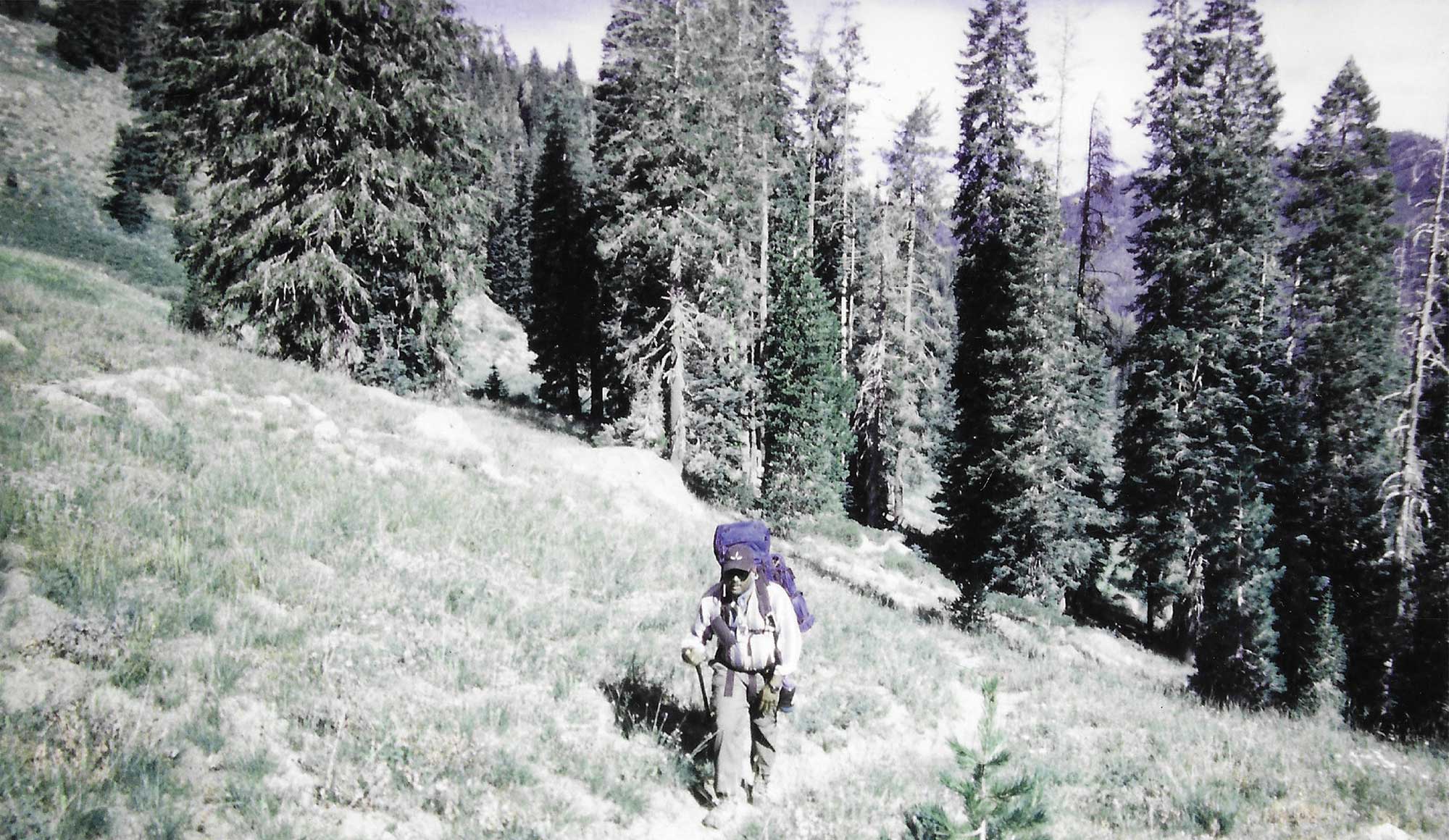
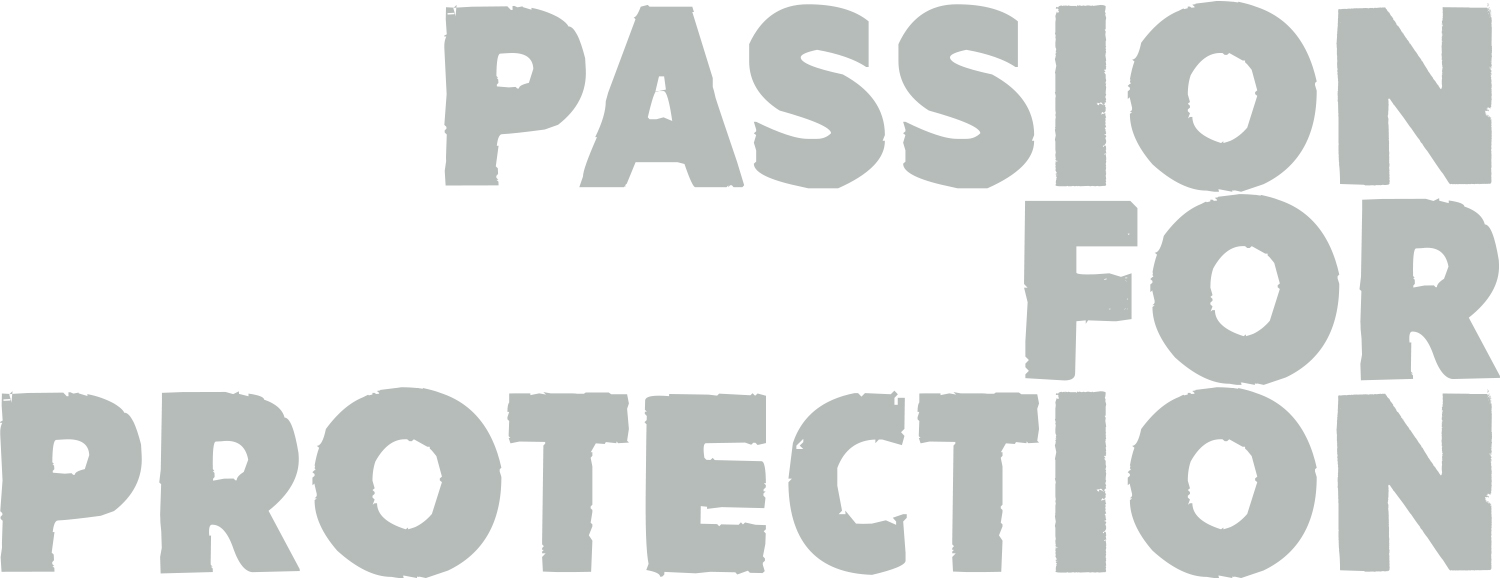
 y initial connections to the Appalachian Trail came about purely by fortunate accident. In the 1980s and 1990s, I spent lots of time backpacking and hiking as my primary reason for working — literally, in order to be able to afford to go hiking and exploring in as many spaces and places I could. In the process, I became very familiar with parts of the Appalachian Trail and I guided several hikes on sections familiar to me.
y initial connections to the Appalachian Trail came about purely by fortunate accident. In the 1980s and 1990s, I spent lots of time backpacking and hiking as my primary reason for working — literally, in order to be able to afford to go hiking and exploring in as many spaces and places I could. In the process, I became very familiar with parts of the Appalachian Trail and I guided several hikes on sections familiar to me.
On one occasion, I guided a backpacking excursion of about six people, all of whom were relatively new to it. I put a lot of energy into preparing them, coaching them, and helping them select and pack their gear. Ultimately, they showed up at the trailhead with too much gear and not enough water. I ended up putting their surplus in my pack — which of course added to my weight burden — and I gave them most of my water. The Trail section was strenuous and we found ourselves in an area with significant blowdown from earlier storms. When we went off Trail to get around those sections, my two novice hikers got separated from the group and I circled back to try and scoop them up. Somehow, I missed them and then I found myself off Trail in an isolated and unfamiliar place, with too much gear in my pack, out of water, and no clear sense of where the rest of my group was.
I was severely dehydrated — literally sprawled on the Trail with my mind playing tricks on me and fading. In my semi-delusional state of mind, I recall thinking that I would die like a Japanese Samurai — and began arranging my body on the Trail (with dignity!). Soon, an A.T. ridgerunner found me, got me on my feet, gave me water, and helped me limp down the Trail to a Potomac Appalachian Trail Club (PATC) cabin where I spent two days drinking all the water I could get into my system and getting back on my feet.
I learned on that occasion that this cheerful and helpful PATC volunteer was part of something bigger, and that intrigued me. So, I joined the PATC because I felt I wanted to be a part of a cause that not only protected and appreciated the Trail, but that had people on it who helped make the Trail safe for others. Over the years, I built many warm friendships on the A.T. among people who shared my love of undeveloped places and the desire to see things over the next hill. And over those years, I have also been thrilled to see a growing number of people of color also exploring and experiencing the Trail, which makes me feel less like a novelty. I am delighted to share the Trail with as many people from as many different walks of life as possible. It is hugely important to the future of the A.T. that the experience of seeing people of color on the Trail becomes something normal — instead of a novelty.
Eventually, I founded a non-profit organization called Patuxent Riverkeeper that protects one of Maryland’s most culturally and politically significant rivers. My aim has been to pursue justice for both people and the planet. And to also encourage others to experience mother nature and forge a personal compact to protect her. Our watershed organization eventually founded a water trail maintenance crew modeled after the Trail maintenance culture that exists at PATC.
Overall, my experiences on the A.T. have been a test of my personal best. I have been a lifelong tourist of outdoor experiences. Hiking, backpacking, bouldering, kayaking, and in various other outdoor pursuits, I have sought a personal relationship with the great outdoors that ties to my own sense of spirituality in the woods and in the wild. I don’t mean this in a religious sense, but more of a personal spiritual sense of awe at things more durable and infinite than myself. Each “transaction” with the Appalachian Trail has taught me something new, deep, and personal about myself and my own connection to the earth. I LOVE the romantic idea of a “people’s trail,” where anyone can walk from one end to the next without trespassing and without paying a fee. Truly a fundamental right and privilege. I also love the democracy and grassroots values implied by a Trail protection movement that relies on volunteer elbow grease and passion.
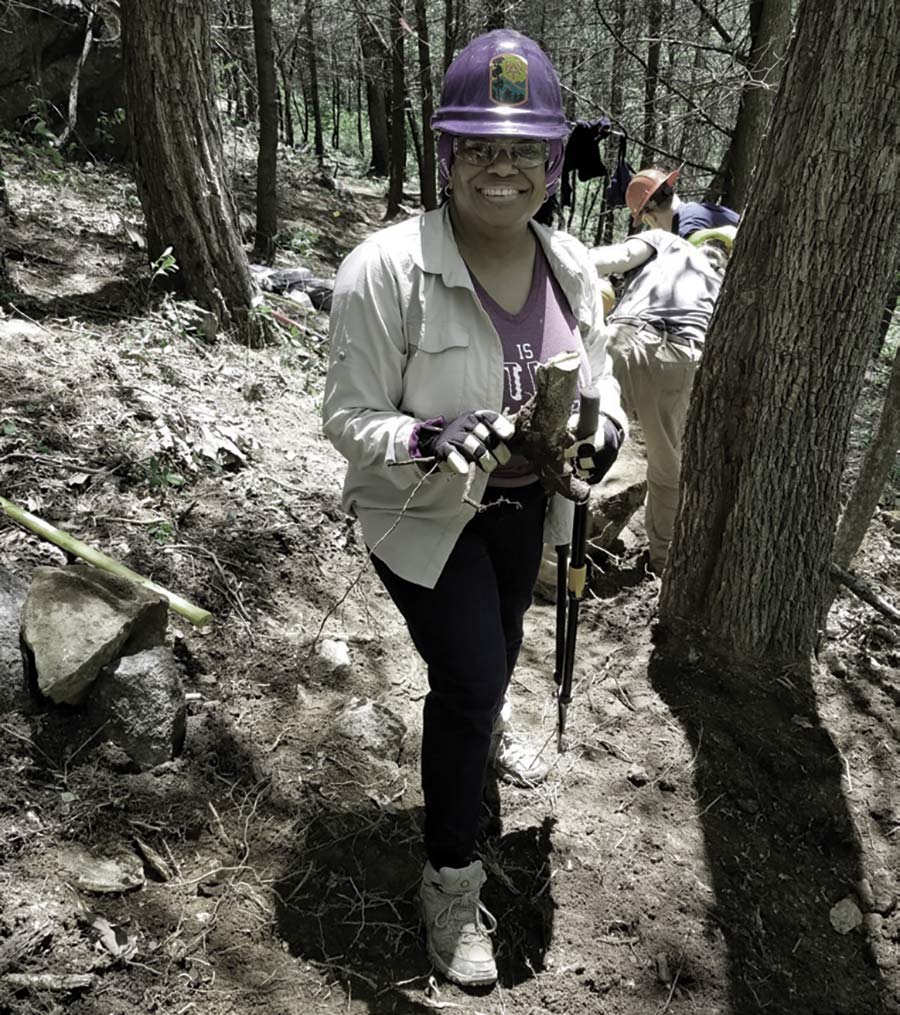
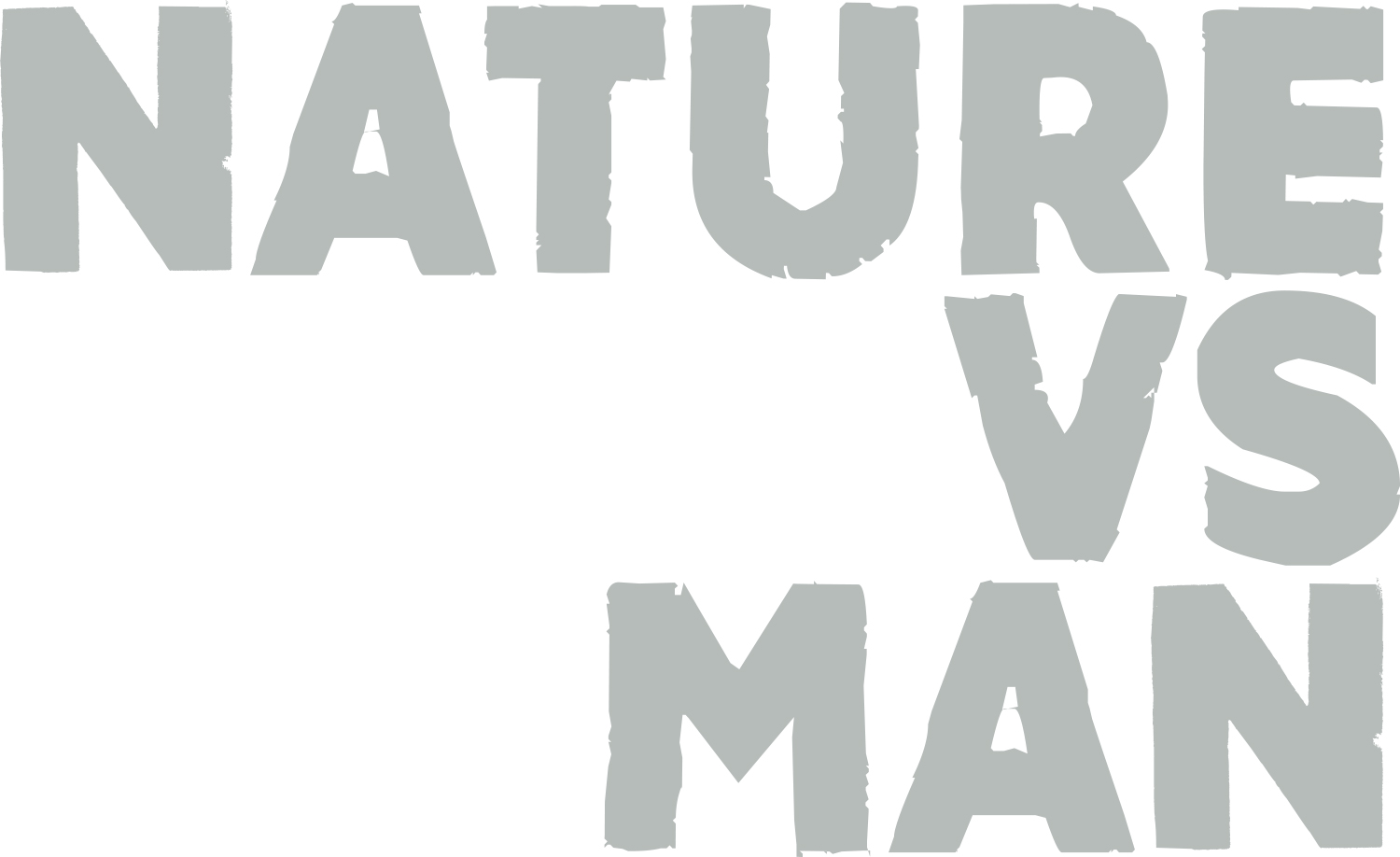
In January of 2012, I moved to Virginia from Atlanta, Georgia for a job and to start my new life with my husband. During the time of our marriage, an opportunity to go on a hike with our church to Mount Aetna in Hagerstown, Maryland arose and we decided to try it out. Little did we know that neither one of us were in any kind of shape to handle that hike, but we did it and enjoyed a beautiful view that countered the torture of struggling up the mountain. After that hike, we both decided to hike more often and just build up our stamina to handle the inclines. (Side note: I am still not fully able to handle the inclines.) One of our favorite hikes was to Great Falls, Virginia. Every weekend we made it a point to go for a hike at different locations on the Appalachian Trail.
Well, on a sad note at that time for me, in 2014, my husband and I separated. But I still wanted to hike, so I ended up joining the D.C. Metropolitan Hiking Club on Meetup.com. The group was very welcoming and my first hike with them was to Great Falls. At that point I realized that being outdoors and meeting new people motivated me more to move on and to just enjoy life. I ended up hiking every weekend for over a year. I have made some wonderful friends who are like family to this day — which brings me to another chapter of my nature adventures. Little did I know that the trails I hiked, with their perfect steps, nice sidehilling, and nice water bars were not all just part of nature — people were involved who had the proper tools and skills to create and maintain these trails.
This chapter starts off a little shaky because those same friends who are like family were involved with trail maintenance for the Potomac Appalachian Trail Club (PATC). I say shaky because even though I enjoy the outdoors, and find them very rewarding, I do not like to get extra dirty. Yes, very funny, but true. For over two years, my hiking buddies tried to persuade me to come on a trail maintenance trip. I finally joined the PATC “Cadillac Crew” in July 2017 to work on one of the trails at Antietam Battlefield. (Side note: Because there was a shower involved, I accepted the invitation.) After the Antietam Battlefield trip, I attended an August trip to Mutton Hollow, to build a new trail to connect several outbuildings on the property, which was the trip that inspired me to join the PATC. I wanted to be part of an organization that maintains the A.T. and other trails in the D.C. metropolitan area.
It has truly been a rewarding adventure. I have learned names of tools like lopper, McLeod, Pulaski, and pickaxe and the techniques like sidehilling, searching for the perfect rocks to build steps and, of course, lopping — my favorite. My titles on the Cadillac Crew include: “the Lopper Queen,” “Dr. Lopper,” and one of the photographers.
My encouragement for others: just get out there on the A.T. and breathe the fresh air and enjoy the breathtaking views of the overlooks, because it is so worth it.
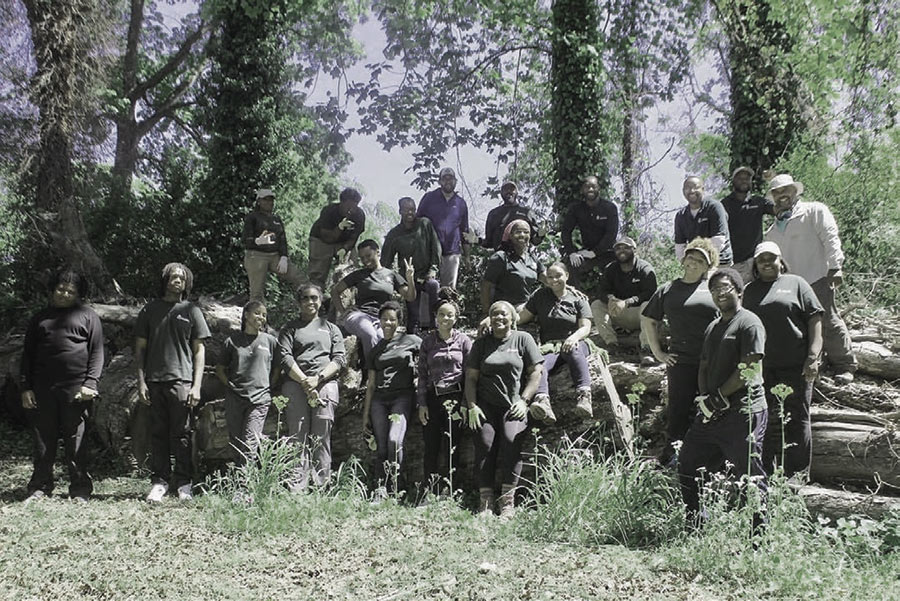

 he first time I stepped on public lands I thought it was going to be my last. I was ten years old on a class fieldtrip to St. Simons Island in Georgia and I had a week of camping and exploration ahead of me. Even though I was excited to have a new experience outside of the classroom, anxiety, fear, and isolation were the only familiar feelings. What I didn’t know was that it would be the moment that would shape my career and most treasured adventures.
he first time I stepped on public lands I thought it was going to be my last. I was ten years old on a class fieldtrip to St. Simons Island in Georgia and I had a week of camping and exploration ahead of me. Even though I was excited to have a new experience outside of the classroom, anxiety, fear, and isolation were the only familiar feelings. What I didn’t know was that it would be the moment that would shape my career and most treasured adventures.
In 2015, I moved back to Georgia after years of education, exploration, and pursuit, and oddly enough I found myself on a trail. My work with the Greening Youth Foundation led me to programs and partnerships with the Appalachian Trail Conservancy, and I had the opportunity to take dozens of kids who looked just like me to the A.T. In my evolution as a hiker, steward, and outdoor enthusiast, the hesitation and fear I felt years prior were replaced by empowerment, joy, and thrill. This time, I was a leader of the group, and the people around me were a part of a familiar community.
I found myself laughing throughout that A.T. hike because these kids had the same feelings and looks of curiosity that I did years prior. They wanted to feel everything without actually touching it. They wanted to experience life on the edge as long as danger wasn’t too close. They were eager to hear the sounds of nature as long as it stayed at a distance. They wanted to know how their dreams and experiences fit into this beautifully crafted landscape. It was in these moments that I found a new purpose.
My first journey on the Appalachian Trail gave me vision, opportunity, and replenishment – and fortunately for me, that feeling never went away. With each step I took I understood more and more why my job mattered, my presence mattered, and most importantly, why my resilience mattered. My identity over the years has evolved, and in this evolution came healing. The proximity of my work to nature has made all the difference in my willingness to dream, take risks, and share my stewardship. As I look back on that day with my students, I am humbled. They taught me that the beauty and most complex part of nature is the people, community, and support. And in the most harmonious way, they mean as much as the dirt, rocks, and views. They’re all a part of the journey.